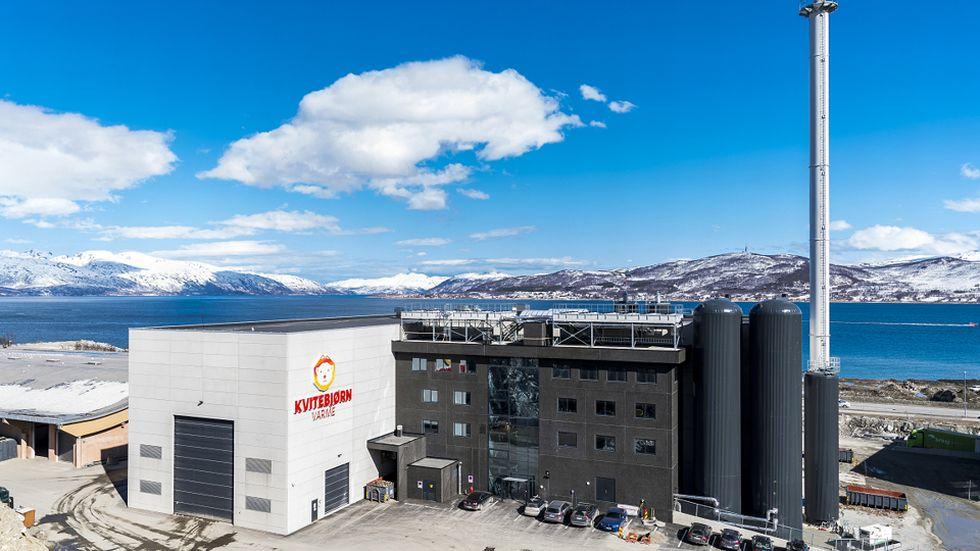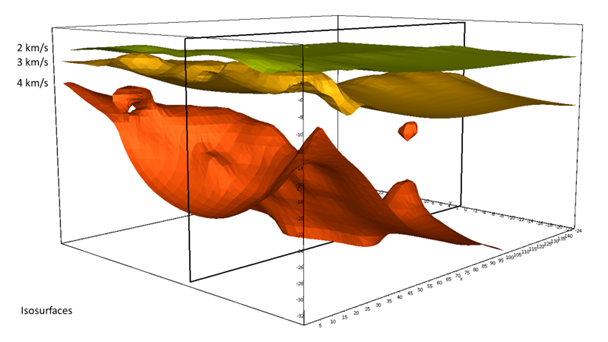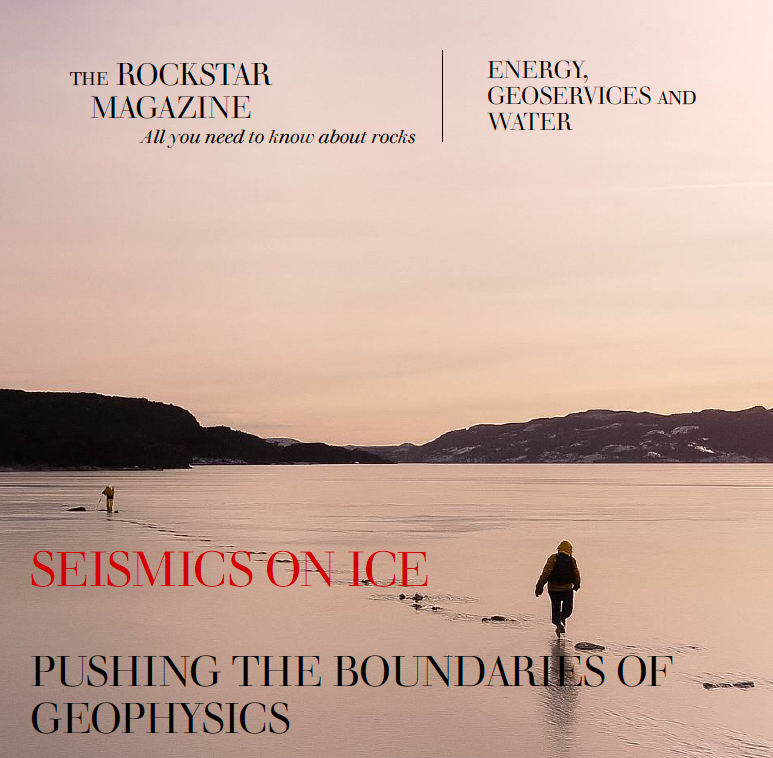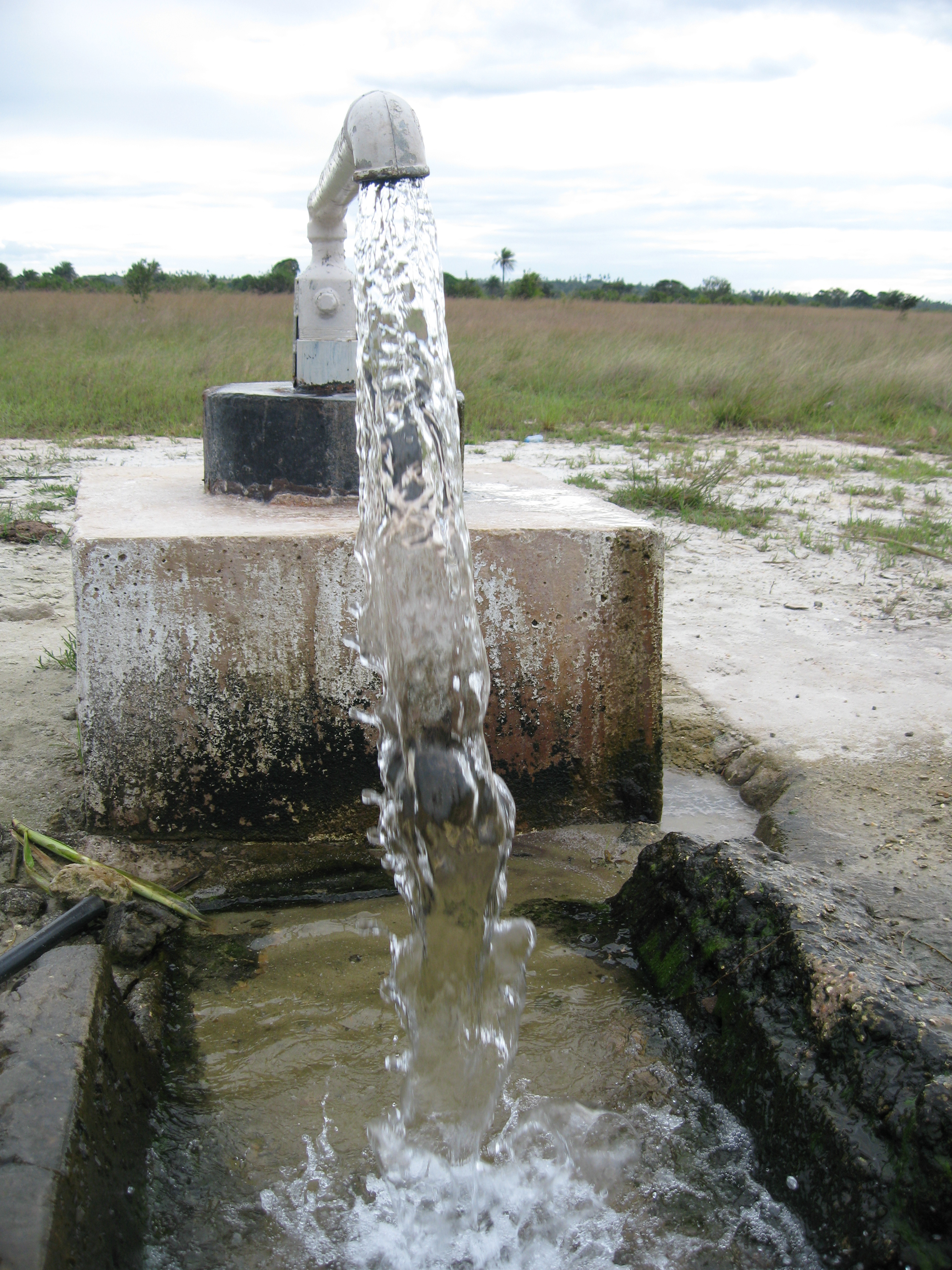Kvitebjørn Varme in Tromsø received NOK 91 million from ENOVA to fulfill the desire to supply the whole of Tromsøya with district heating. Ruden Energy plays a central part of the solution, developing heat storage in 300m deep wells, that allow heat produced in the summer to be utilized on the coldest days of the year.
The production of heat at Kvitebjørn Varme takes place, as with most other district heating producers, through waste incineration where the waste heat from the waste disposal is recovered. While there is a great need for heat in the winter, demand is less in the summer. Still, about the same amount of waste is burned all year round. This means that a lot of heat is wasted and in practice the waste resources are not fully utilized.
On Tromsøya, the collaboration with Ruden Energy enables the storage of heat until it is needed. Ruden Energy designs the heat storage, consisting of wells to 300 meters of depth, in which hot water is injected when the district heating company has a production surplus, and stored in the bedrock in the subsurface. During cold periods, the water flow through the wells is then reversed and used to supply heat.



